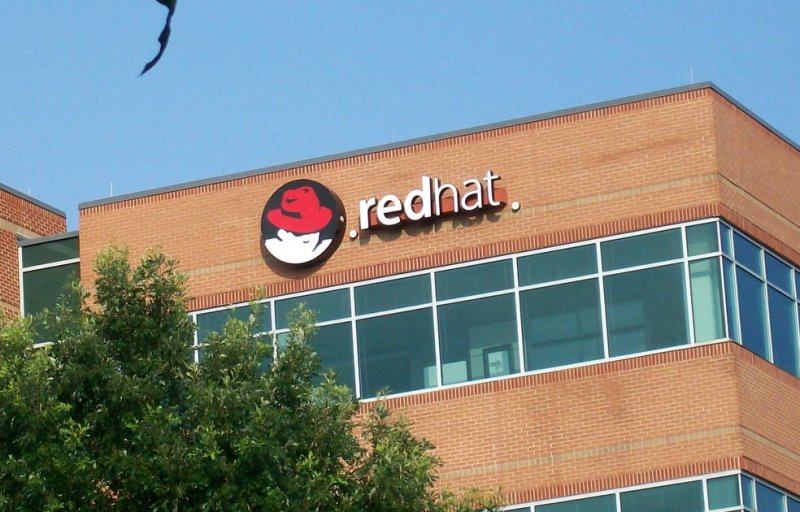Red Hat, Inc. (NYSE: RHT), the world’s leading provider of open source solutions, today announced advancements for its enterprise virtualization platform with the global availability of Red Hat Enterprise Virtualization 3.1. The 3.1 release brings Red Hat Enterprise Virtualization forward with compelling new features to enhance its scalability, user administration and management interface, networking, storage and virtual desktop functionality. With this release, Red Hat also brings further flexibility for the combination of Red Hat Enterprise Virtualization and the full Red Hat portfolio, including its Red Hat Storage and Red Hat Enterprise Linux platforms.
Red Hat Enterprise Virtualization is the only mission-critical end-to-end, open source virtualization infrastructure designed for enterprise users that is available today. The Red Hat Enterprise Virtualization 3.0 release, which debuted in Jan. 2012, marked a significant industry milestone, offering features, performance, scalability and cost advantages to enterprises. Today, with the introduction of Red Hat Enterprise Virtualization 3.1, Red Hat Enterprise Virtualization’s Kernel-based Virtual Machine (KVM) hypervisor holds 19 of the 27 published SPECvirt_sc2010 (www.spec.org) performance benchmarks, including the best 2-socket and 4-socket scores and the only published 8-socket scores. At 50 to 70 percent lower cost compared to alternative solutions, it can also offer organizations significant economic advantages.
Key 3.1 Feature Additions
Red Hat Enterprise Virtualization 3.1 incorporates several new key features. For its main platform, 3.1 enables increased scalability of guest virtual machines, now providing support for up to 160 logical CPUs and up to 2 terabytes of memory, per virtual machine, and updates its KVM hypervisor to support the latest industry-standard x86 processors. Red Hat Enterprise Virtualization shares the same base KVM hypervisor technology as Red Hat Enterprise Linux and maintains common ABI compatibility, enabling optimized flexibility for combining the two platforms from a single vendor.
Red Hat Enterprise Virtualization 3.1 also includes an updated user interface, improved cross-platform web administration portal, updated reporting dashboard, new networking capabilities and enhanced disk storage. The incorporation of a technology preview of storage live migration adds the flexibility to migrate virtual machine disk files between storage domains without having to power down the virtual machine. The power user portal has been enhanced with resource quota functionality to enable self-service for test/development and other private cloud use cases. The release also features new advancements for the platform’s VDI capabilities, including a new virtual desktop autostart policy, improved WAN optimizations and an improved virtual desktop client.
With 3.1, Red Hat Enterprise Virtualization also expands its localization enablement with support for English, French, Spanish, Simplified Chinese and Japanese, enabling the platform to be used even more widely around the globe.
Red Hat Storage Integration
A key addition to Red Hat Enterprise Virtualization 3.1 is integration with Red Hat Storage, Red Hat’s scale-out, open source storage software solution for the management of data, including file and object, structured and unstructured. Based on the GlusterFS technology Red Hat received from its Oct. 2011 acquisition of Gluster, Inc., Red Hat Storage Server 2.0 became available worldwide in June 2012, providing enterprise customers with open, unified scale-out storage software.
Red Hat Enterprise Virtualization 3.0 provided the ability to access virtual images/storage over iSCSI, Fibre-Channel NFS or on local storage. With Red Hat Enterprise Virtualization 3.1, the platform’s versatility is now broadened, enabling it to access the secure, shared storage pool managed by Red Hat Storage. In addition to providing the essential building blocks for open hybrid clouds, this integration also offers enterprises reduced operational costs, expanded portability, choice of infrastructure, flexibility, scalability, availability and the power of community-driven innovation with the contributions of the open source oVirt and Gluster projects. The combination of these platforms is the first step toward Red Hat’s vision of an integrated and converged Red Hat Storage and Red Hat Enterprise Virtualization node that serves both compute and storage resources.
Availability
Red Hat Enterprise Virtualization 3.1 is globally available to subscribing Red Hat customers today.
